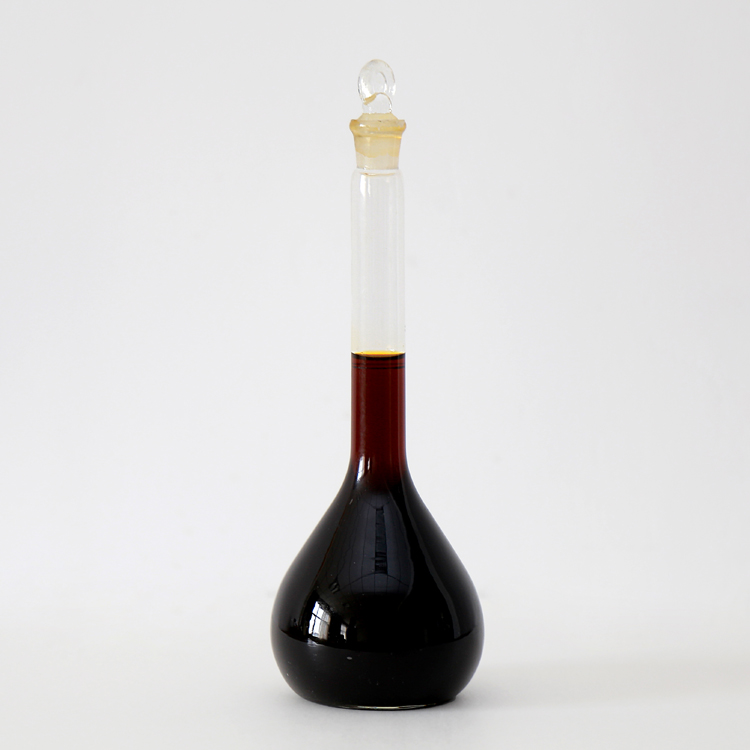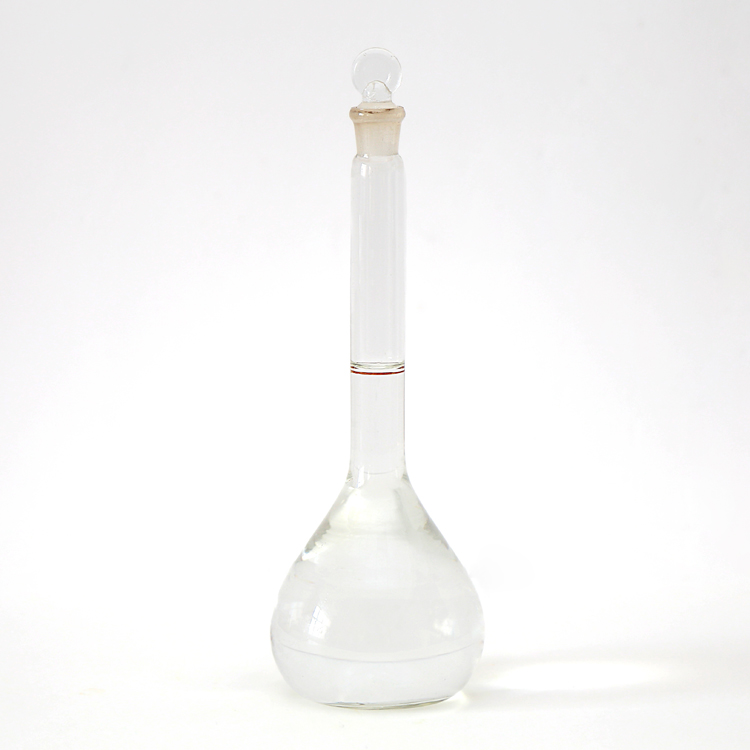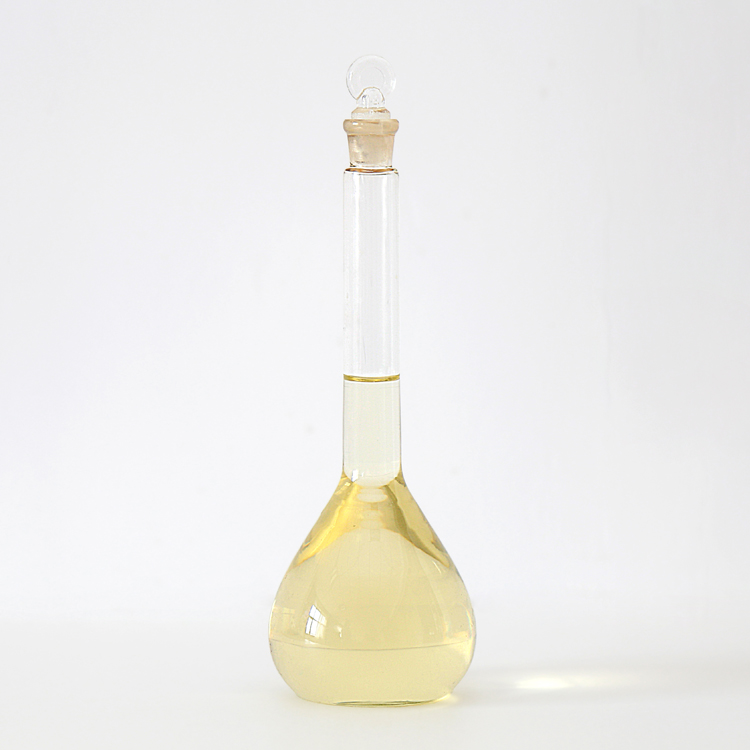
COMPANY NEWS
- Home >> NEWS >> COMPANY NEWS
Product recommendation
Hot News
Contact us
- Tel:+86-0391-3126812
- Phone:+86-15803910375
- Add:The west industrial cluster area of Jiaozuo City, Henan province, China
- E-mail:aefk@aefkchem.com
How does polyferric sulfate react to remove phosphorus in water
As a chemical phosphorus removal agent, polyferric sulfate as a polymer polymerized iron salt has good cohesiveness. It reacts with suspended solids in water and settles quickly. It has large flocculent alum, high basicity, high degree of molecular polymerization and good phosphorus removal effect. The pH value range of 4-10 is better than that of ferric chloride which is the same iron salt in phosphorus removal.

After polyferric sulfate is added into the sewage, ferric ions combine with the soluble phosphate in the sewage to form insoluble salt precipitation, which makes the colloid unstable. In this process, polyferric sulfate hydrolyzes the polynuclear complex in water to produce hydroxide synchronously, and the hydroxide will form large flocs to agglomerate together and absorb the phosphorus contained in SS. Fine suspended particles are precipitated.
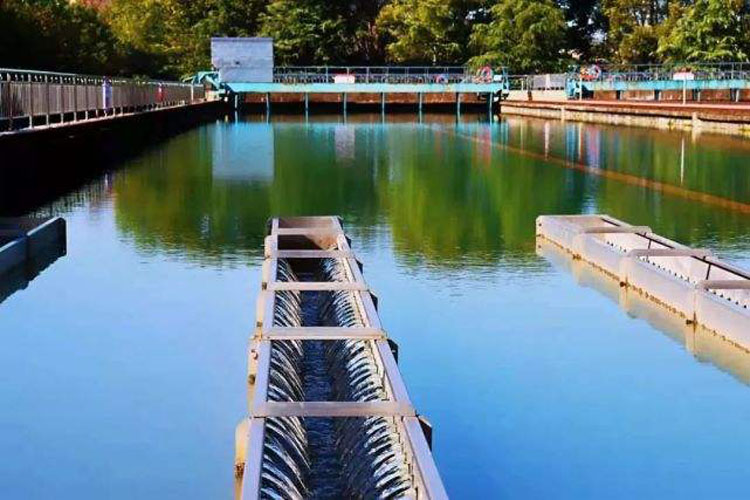
polyferric sulfate removes phosphorus through precipitation, coagulation, flocculation and separation of sludge and water. polyferric sulfate reacts with orthophosphate to form floc precipitation, and adsorbs polyphosphate to polymerize and flocculate the colloid formed by precipitation and the colloid in wastewater* The removal rate of phosphorus can reach more than 95% by air floatation.
In the process of chemical phosphorus removal, polyferric sulfate can hydrolyze in wastewater to produce a large number of polynuclear complexes for adsorption and cross-linking to polymerize the colloids in water. Because the alkalinity of polyferric sulfate is 10% - 13%, it has strong flocculation ability and fast settling speed. And it can reduce the micelle potential in the sewage, so that the stability of the micelle is bad and the flocculation is precipitated. polyferric sulfate has good removal effect on other heavy metals except phosphorus removal.
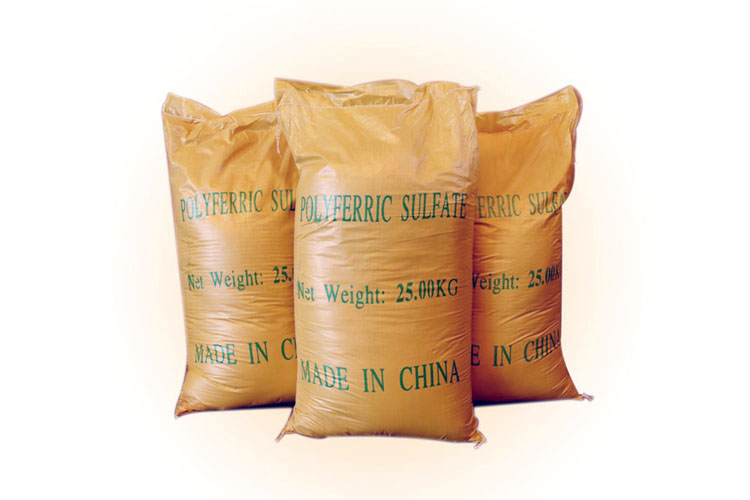
polyferric sulfate has been used in the treatment of printing and dyeing wastewater as a flocculant. What we want to talk about today is the role of polyferric sulfate in printing and dyeing wastewater. First, we need to understand the water quality characteristics of printing and dyeing wastewater. The printing and dyeing wastewater is characterized by high organic concentration, relatively complex components, deep and variable color of raw water, large changes in water pH, and large changes in water quality. At present, with the development of chemical fiber fabrics, the rise of imitation silk and the improvement of finishing requirements, a large number of difficult degradable organic substances such as PVA size, rayon alkali hydrolysate, new dyes and auxiliaries enter the textile printing and dyeing wastewater, posing a serious challenge to the traditional wastewater treatment technology. The concentration also rises from hundreds of mg / L to 50 mg / L, which greatly increases the difficulty and method of treatment of printing and dyeing wastewater. This paper mainly introduces the role of polymeric ferric sulfate in the treatment of printing and dyeing wastewater, and the related experiments such as the dosage control of polymeric ferric sulfate.
Thank you for your attentionHenan aierfuke Chemical Co., Ltd:Focus on water treatment, only for the healthy world! Our company is committed toPolyaluminium chloride、Polyferric sulfateThe R & D, manufacturing and sales of series of water purification materials are willing to create success with our customers and friends.
 Chinese
Chinese English
English Russia
Russia


